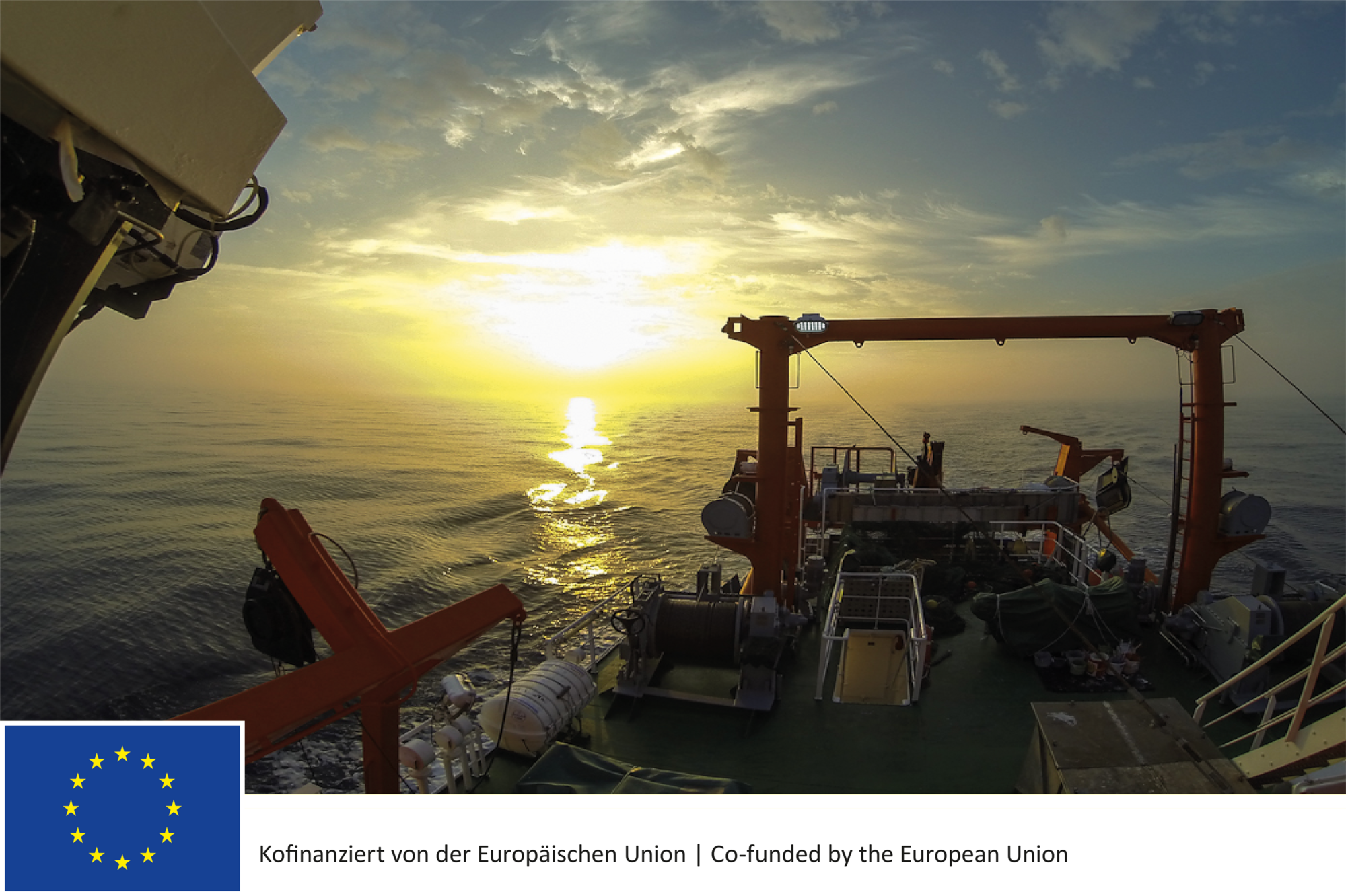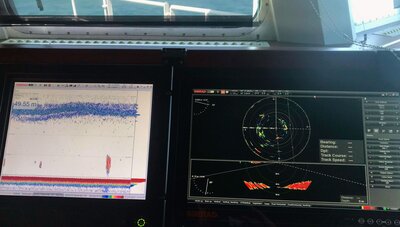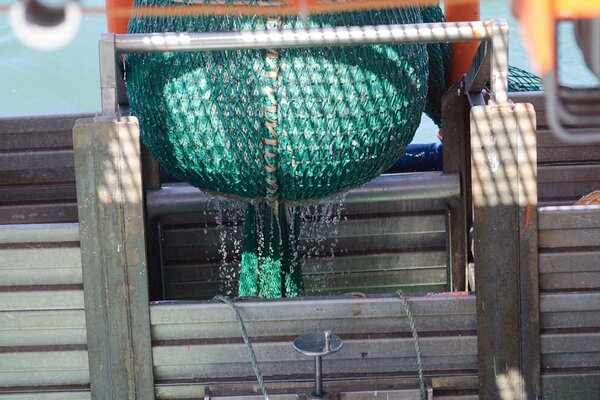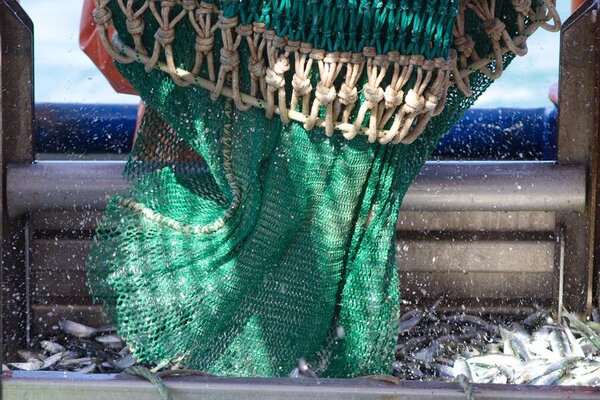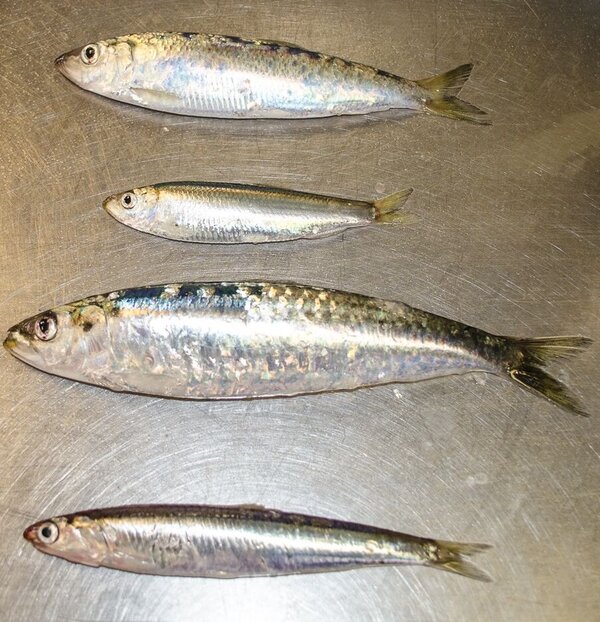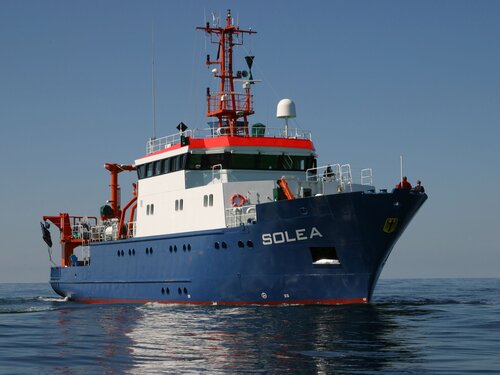Why we listen for fishes: Small pelagics in the North Sea (HERAS)
The internationally coordinated Herring Acoustic Survey in the North Sea (HERAS)
What is the status of small pelagic, schooling fish such as herring and sprat in the North Sea? Are southern species such as sardine and anchovy spreading further north as the climate warms? Answers to these and other questions are provided by the International Hydroacoustic Survey, which is carried out simultaneously by several research vessels each summer.
Background and objectives
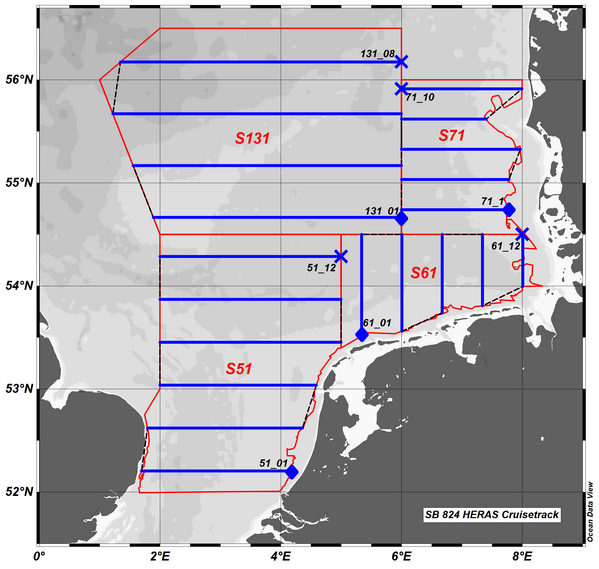
The beginning of the International Herring Acoustic Survey in the North Sea (HERAS), coordinated by the International Council for the Exploration of the Sea (ICES), dates back to 1979. Every summer, we set sail and use scientific echosounders and pelagic trawls to collect standardised data on the distribution and abundance of pelagic schooling fish, i.e. fish that do not live on or near the seafloor but in the water column.
The target species of HERAS are clupeid fish: herring, sprat, sardine and anchovy.
The surveys provide the most important fishery-independent stock index for these fish, i.e. the basis for estimating the abundance and trends of these commercially and ecologically very important species and their populations in the North Sea.
The annual survey is coordinated by WGIPS - the ICES Working Group on International Pelagic Surveys. In addition to the German research vessel, other ships from Denmark, the Netherlands, Norway, Scotland and Ireland also collect hydroacoustic and biological data at the same time in their survey strata.
The annual survey is coordinated by WGIPS - the ICES Working Group on International Pelagic Surveys. In addition to the German research vessel, other ships from Denmark, the Netherlands, Norway, Scotland and Ireland also collect hydroacoustic and biological data at the same time in their survey strata.
We compile the German data as part of the EU Data Collection Framework (DCF) as a contribution to the International Herring Acoustic Survey (HERAS).
In addition, this information is used within ICES to calculate scientific advice on fishing opportunities, e.g. by the Herring Assessment Working Group (HAWG).
Approach
The abundance and biomass inidces from HERAS are based on hydroacoustic data collected continuously by scientific echosounders. Echo sounders emit sound pulses into the water, which are reflected by the seafloor and various marine organisms. The distribution and overall strength of the measured echoes from schooling fish can be used to calculate their abundance. Hydroacoustic data provide the most suitable basis for a quantitative analysis of schooling fish.
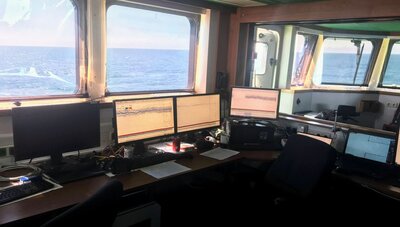
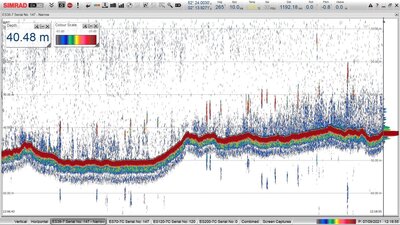
In addition, biological data on species composition, length, weight and fecundity of individual species, as well as the age structure of the stocks, will be collected through targeted pelagic trawl surveys. These data, in combination with the acoustic data, can then be used to calculate, among other things, the spawning stock biomass for all target species in the survey area.
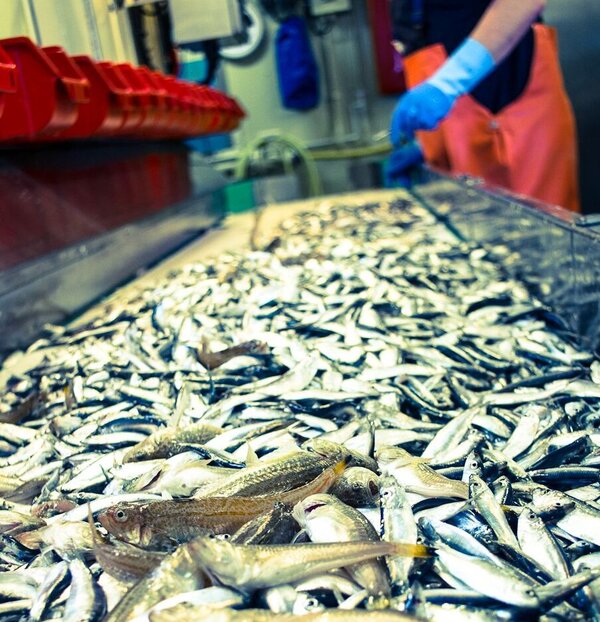
The HERAS study area is divided into different sub-areas (strata), which are assigned to the participating countries. Germany, allocatred the southern strata in the German Bight, the central North Sea and the English Channel, covers the main distribution area of the North Sea sprat as well as important habitats for juvenile herring.
Hydroacoustic measurements:
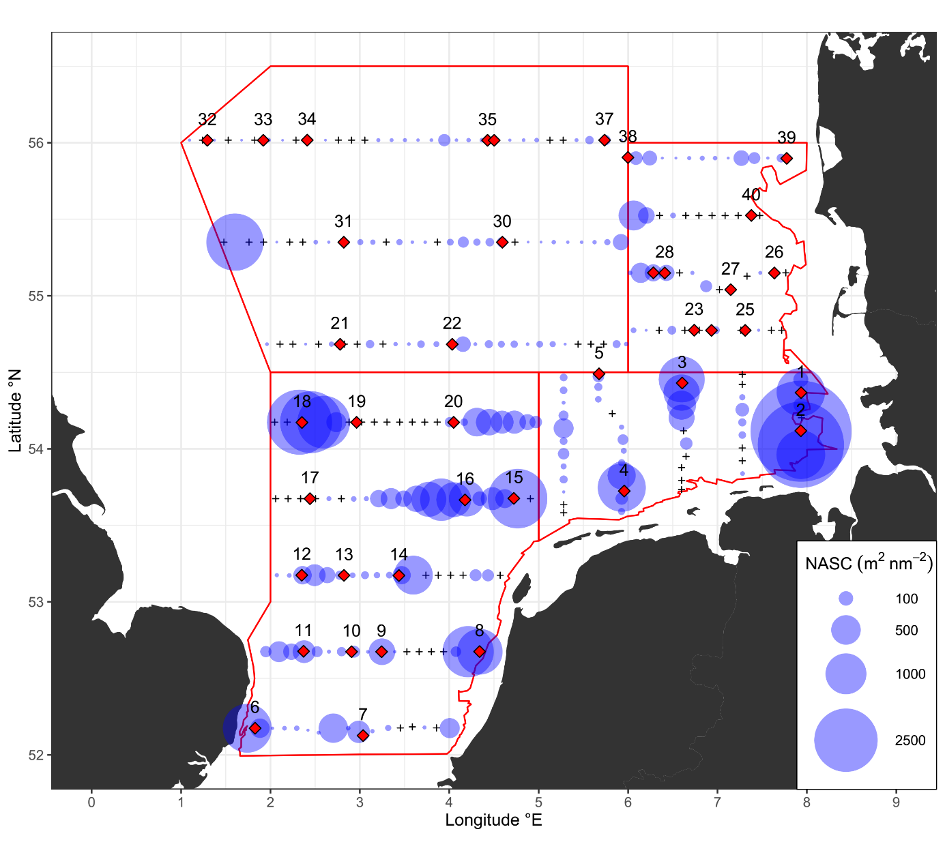
Catch composition of small pelagics intrawl catches:
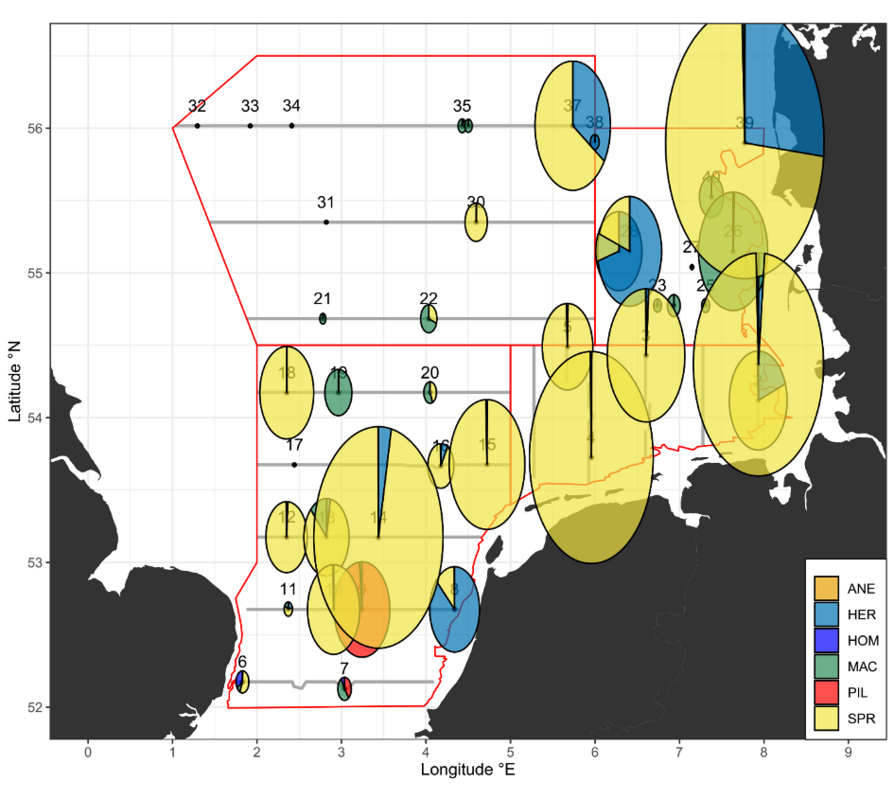
During data collection at sea, our research vessel "Solea" navigates at a constant speed of 10 knots on pre-determined courses (= transects). Hydroacoustic data are continuously recorded with echosounders. Biological samples are collected on each transect for species classification and analysis of the acoustic data. Based on the echosounder readings, a representative fish school is selected, from which a sample is taken with a targeted pelagic trawl haul. Additional sampling includes vertical profiles of environmental parameters such as temperature, salinity and oxygen. These are measured using a hydrographic CTD-probe after each fishing station and at regular intervals along the transects in the study area.
Once the data collection at sea has been completed and all the hydroacoustic and catch data have been analysed, a post-cruise meeting to collate and analyse the individual results is held by the cruise-leaders of all participating nations. This results in a combined abundance and biomass index for the entire study area for all target species.
Links & Downloads
- ICES Herring Assessment Working Group (HAWG)
- ICES Working Group on International Pelagic Surveys (WGIPS)
- HERAS Manual - with details on sampling and much more (still to come)
- Sea-Blogs - Blogs describing expeditions to the North Sea, the Baltic Sea and the Atlantic

![[Translate to English:] [Translate to English:]](/media/_processed_/7/1/csm_IMG_7977_large_1defaf5de1.jpg)

